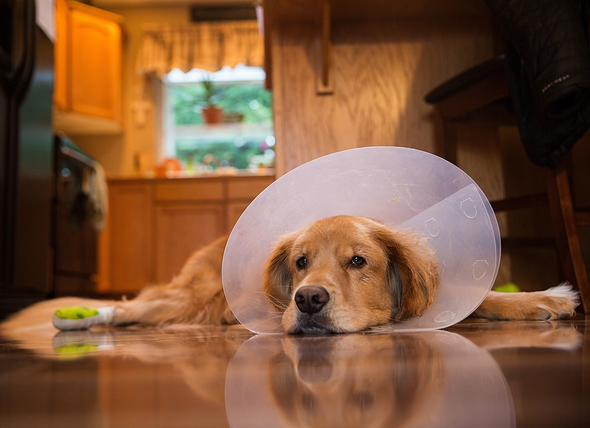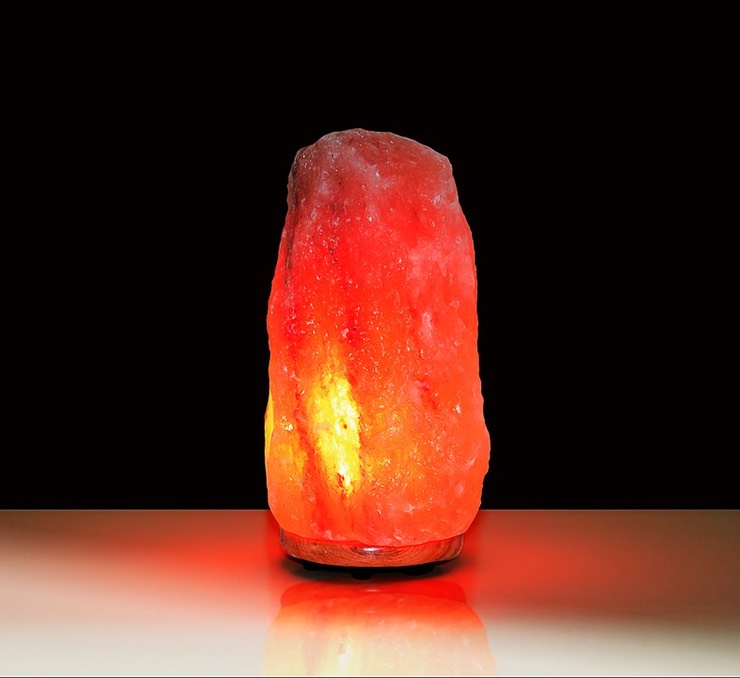Featured Articles
Five common mistakes with cancer surgery, and how to avoid them in your dog
Mistake # 1: Watching and Waiting Don’t: Watch the bump or lump. Do: get an aspirate or biopsy. I’ve blogged about this before, but it deserves repeating. No one, not even a boarded oncologist like me, can look at a skin mass, or a mass in the spleen, liver, or lung on imaging, and tell you what it is. I may have an educated guess. But every lump and bump should be aspirated or biopsied so the cells can be looked at under the microscope. Even if your dog has had 10 lipomas before – like Smokey who belonged to

The Cone of Shame: Why E-Collars Get a Bad Rap (But Are So Important)
“Is that really necessary?” “Does he really need that thing?” “But we will watch him!” Regarding e-collar use, I’ve heard it all. Although they may seem extreme and look ridiculous, e-collars play a very serious role in veterinary medicine. The purpose of the dreaded cone is to deter your pet from licking, biting, rubbing, or traumatizing a sensitive area. It may be applied post-operative so that a pet doesn’t get to their surgical site. It may even be applied to a pet with allergies or a hot spot to stop them from scratching at the area and causing more damage.

Why Are Salt Lamps Bad For Cats? You Should Be Super Careful If You Have One In Your Home
By EMMA LORD If you’re a cat owner, then you only want the best for your furry friend (even if they’re not always ~the most~ adept at reciprocating the feeling). There are plenty of things you do on a day-to-day basis to keep your cat safe, but some of the risks posed to cats are subtler than others. For instance, you may not have known that there is a very specific reason why salt lamps are bad for cats, and any cat owners should be very cautious before bringing them into a home where a cat is present. The
